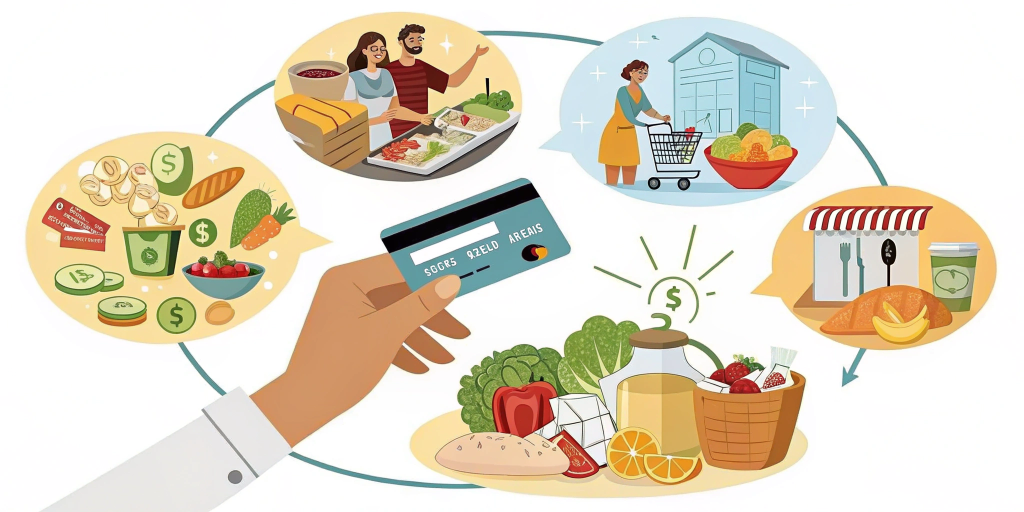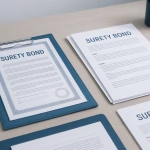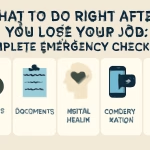Money can feel scary to talk about. It’s like sharing your dreams with strangers. But here’s the truth: we all use money every day. Learning about money helps you make better choices. Let’s talk about it!
Money is a tool. It can make you happy or stressed. Research shows happy people spend money on fun times, not just things. A study found that trips and concerts make people happier than buying stuff. This makes sense. Fun times create memories. Things just sit around.
But money can stress you out too. Bills and costs can feel like too much. Learning to handle these feelings helps a lot.
Know Your Monthly Bills
Let’s start simple. Know what you spend each month. It’s like having a map for a trip. You need to know where you’re going, right?
List your monthly bills first. This includes rent, power bills, and food costs. Most American families spend about $2,000 each month just to live. Track these numbers when you budget.
Here’s how to group your costs:
Fixed costs: These stay the same each month. Rent and phone bills are fixed costs.
Changing costs: These go up and down. Food and fun money change each month.
Savings: This is money you put away for later. You need this for surprise costs.
A monthly budget shows where your money goes. This helps you plan for surprise costs like car fixes or doctor bills.
Build Your Money Safety Net
Now let’s talk about building a strong money base. This means saving money for surprise costs. Money experts say save three to six months of costs. This is your safety fund.
Start with a goal to save one month of costs. This might feel big at first. Break it into small parts to make it easier. Save a little each week until you reach your goal.
If you spend $2,000 each month, try to save $500 each week for four weeks. This gives you your first month of safety money. It’s like a cushion that keeps you safe from money surprises.
Make Your Monthly Budget
Making a monthly budget is not hard. Start by tracking what you earn and spend. Here’s how:
- List all the money you earn. This includes your job and any extra money.
- Write down all your costs. Include fixed and changing costs.
- Take your costs away from what you earn. If you have money left, great! If not, you may need to spend less.
A good rule is the 50/30/20 rule. Spend 50% on needs, 30% on wants, and 20% on savings. This helps you live within your means and still save money.
Say you earn $3,000 each month. The 50/30/20 rule breaks down like this:
- Needs (50%): $1,500 for rent, food, and bills.
- Wants (30%): $900 for fun, eating out, and hobbies.
- Savings (20%): $600 for your safety fund and later life.
This method gives you a clear view of your money and helps you make smart choices.
Why Saving Money Matters
Let’s be honest: saving money is key. It’s like putting a safety net under you. Having saved money means you’re ready for money problems.
One good plan is to save money without thinking about it. Set up your bank to move money to savings each month. This way, you won’t want to spend it.
Think about this: You get paid, and before you touch the money, some goes to savings. You barely notice it’s gone, but it adds up over time. This helps you reach your goals faster, whether building your safety fund or saving for a big trip.
Ways to Handle Money
Handling money well can cut stress and make life better. One trick is the 24-hour rule. If you want to buy something, wait 24 hours first. This helps you avoid buying things you don’t need.
Let’s say you see a new gadget that costs $200. Don’t buy it right away. Wait a day. You might find you can live without it or save that money for something better.
Another good plan is the no-spend challenge. Don’t spend money on anything but basics for a week or month. This helps reset your spending habits and helps you value what you have.
Many people like this challenge. It helps you focus on what you really need and gets you creative. Instead of going out to eat, have friends over for dinner or find free local events.
Look at Your Spending
Know your spending habits. We all have things we spend too much on, but it’s good to know where your money goes. Do you spend lots on takeout? Try cooking at home a few nights a week.
Also watch for spending guilt. This is when you feel bad after buying something, even if it was fun. It’s okay to treat yourself sometimes, but keep it balanced.
If you feel bad after shopping, try keeping a spending diary. Write down what you buy and how it makes you feel. This helps you see patterns and know what really makes you happy.
Spend Money on Fun Times
Instead of buying new gadgets or clothes, spend money on fun times. Plan a week-long trip or even a day trip. These create memories that last forever.
When planning a trip, budget for it. Look up costs for places to stay, food, and activities. Set a total budget for your trip so you don’t spend too much.
If you want a beach trip, set a budget of $1,500. Break it down: $600 for hotel, $400 for food, $300 for activities, and $200 for travel. This way, you can enjoy your trip without money worries.
Find Your Money Focus
Let’s talk about the Money Dial. This helps you find what matters most to you for spending. Focus your money on what makes you happy. If you love travel, spend more on trips than clothes.
Find your biggest money goals too. Set clear money goals, like saving for a car or home. Then plan your budget around these goals.
If travel is your passion, you might eat out less to save for your next trip. It’s all about putting first what makes you happy and spending your money that way.
Plan for Your Future
Planning for later is as key as handling today. Put money in a retirement account to get ready for when you stop working. Many jobs also offer retirement plans you can add to. This is a great way to save for the long term.
Think about how much you want to save over the next five years. Setting a 5-year goal helps you focus your work. Break this into yearly goals to make it easier.
If your goal is to save $10,000 for retirement, try to save $2,000 each year. That’s about $167 each month. This might feel doable, especially if you save it without thinking.
Real Examples of Smart Spending
Let’s look at some basic examples of smart spending. Say you have a monthly budget of $1,500. You might put $700 toward rent, $300 for food, and $200 for fun. This leaves you with $300 for savings and surprise costs.
Another example is cutting back on eating out. Instead of eating out four times a week, try once or twice. Use the saved money to build your safety fund or put it in your retirement account.
Every little bit helps with money stability. Even regular people you see daily have plans that work for them. They might focus their spending or choose to live in a smaller home to save more money.
Take Control of Your Money Today
Spending money doesn’t have to feel scary or out of control. Know the difference between needs and wants. Use budget methods that fit your life. Track your costs. These steps set you up for success. Add some mindful spending habits and start learning about investing. You’re on your way to money freedom.
My advice? Start small. Pick one thing to focus on this week. Make a budget or just track your costs. You’ll be surprised how fast small changes add up.
Happy budgeting! Here’s to saving money and making it work harder for you!





